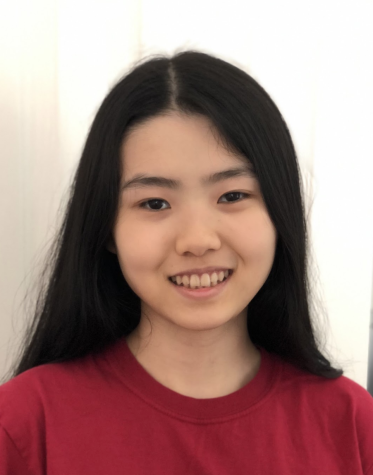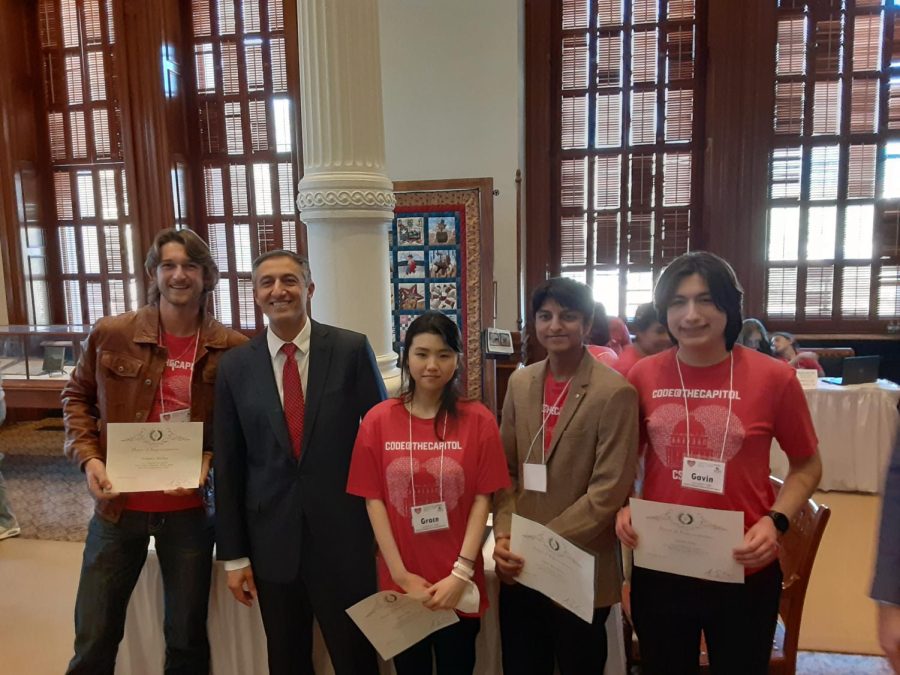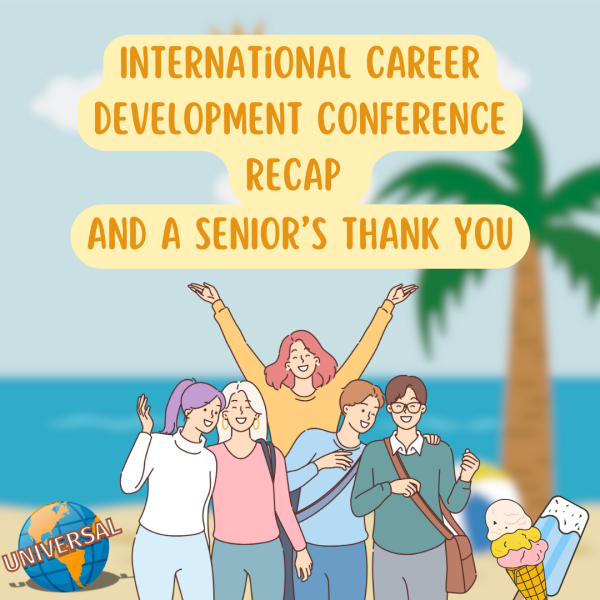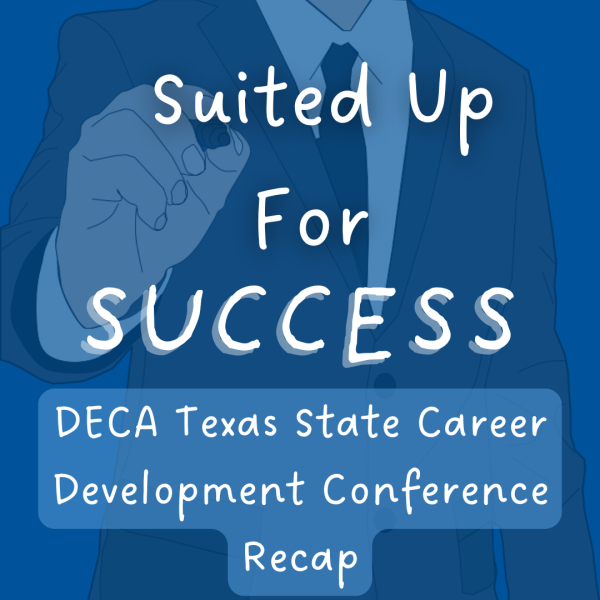CODING AT THE CAPITOL
Advocating for computer science education at the Texas State Capitol
When you think about the world, how much of your life revolves around computers? From your smartphone to your laptop, computer science has been at the heart of the brightest innovations of the last century. Unsurprisingly, due to its value, careers involving the subject are in high demand. The U.S. Bureau of Labor Statistics predicts that employment in computer and information technology occupations is projected to grow 15% from 2021 to 2031 with 682,800 new jobs over the decade and 418,500 openings annually. Thus, opportunities at school are important to expose students to topics such as computational thinking, creating concise problem statements, developing algorithms, and generalizing solutions at an early age.
However, our public education system does not adequately equip Texas students with these skills and prepare them for future opportunities. According to the Texas Advanced Computing Center (TACC), only 46% of high schools offered Computer Science courses and only 42% met the state Computer Science requirement in 2020–2021. Furthermore, data from College Board on AP Computer Science test takers from Texas shows that merely 30% were female, 27% were Hispanic, and less than 4% were African-American. Texas was the first state to require that all high schools teach computer science, but has not backed this policy with dedicated funding.
CS4TX seeks a solution to this issue. It is a coalition of business leaders, parents, and educators who are dedicated to bringing computer science education to every student in Texas. On February 14th, they organized the Coding at the Capitol event, where students of various ages, backgrounds, and schools from all over Texas gathered together at the State Capitol to demonstrate to Texas legislators the power and necessity of computer science.
iUniversity Prep had the prestigious opportunity to participate in this event, with four students (me, Gavin Pena, Arjun Rajamony, and Brayden Michna) and our stellar computer science teacher, Mr. Wennersten, representing our school and Grapevine-Colleyville ISD. The event started off with sitting in at the Senate Chamber, where we witnessed democracy in action and were personally recognized by our district’s legislator. Following the kickoff, we had an insightful Question & Answer session with employees from Google and Amazon. The main highlight, however, was the project showcase. Texas legislators visited the room in which students were located, and we showed our projects to them. Our group’s projects included a quadratic equation solver, a cryptocurrency using blockchain technology, an online puzzle game, and an AI poverty classifier. With the showcase, we successfully wrapped up the day.
Overall, the event was a very memorable and fulfilling experience. Particularly striking to me was computer science’s ability to connect people through means other than phone calls and social media. Every student was unique, but our differences were set aside by a shared passion and motivation to advocate for it. With the rise of computer science, we are closer to a global village than ever before.
Works Cited
Computer and Information Technology Occupations : Occupational Outlook Handbook: : U.S. Bureau of Labor Statistics. 8 Sept. 2022, www.bls.gov/ooh/computer-and-information-technology/home.htm.
CS Data Dashboard – Texas Advanced Computing Center. www.tacc.utexas.edu/epic/research/dashboard.
“Dig Deeper Into AP Computer Science.” Code.org, code.org/promote/ap.

Hi, I'm Grace Sng! I'm in 10th grade at iUniversity Prep and this is my second year at iUPrep. Outside of school, I enjoy spending my time by programming,...











